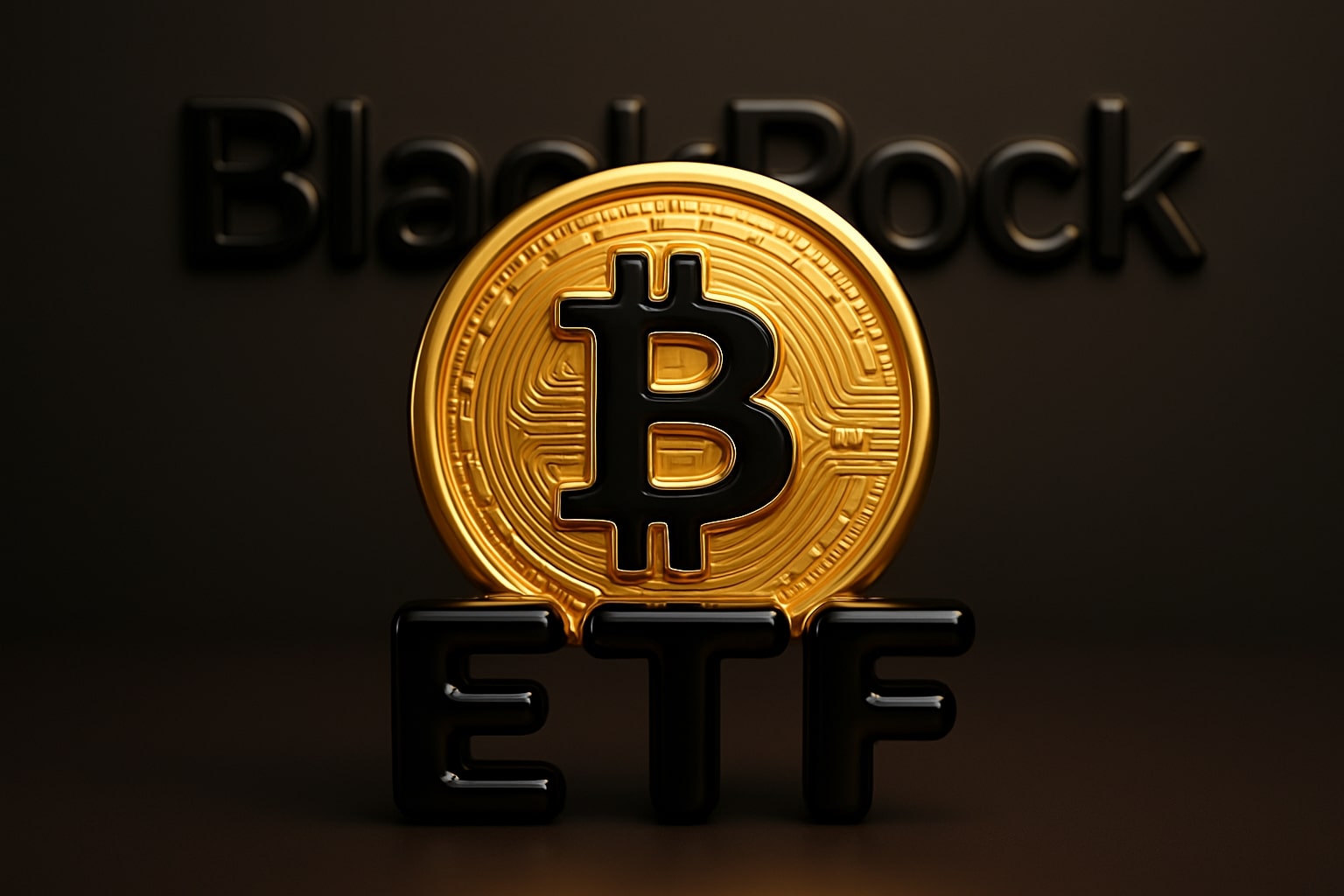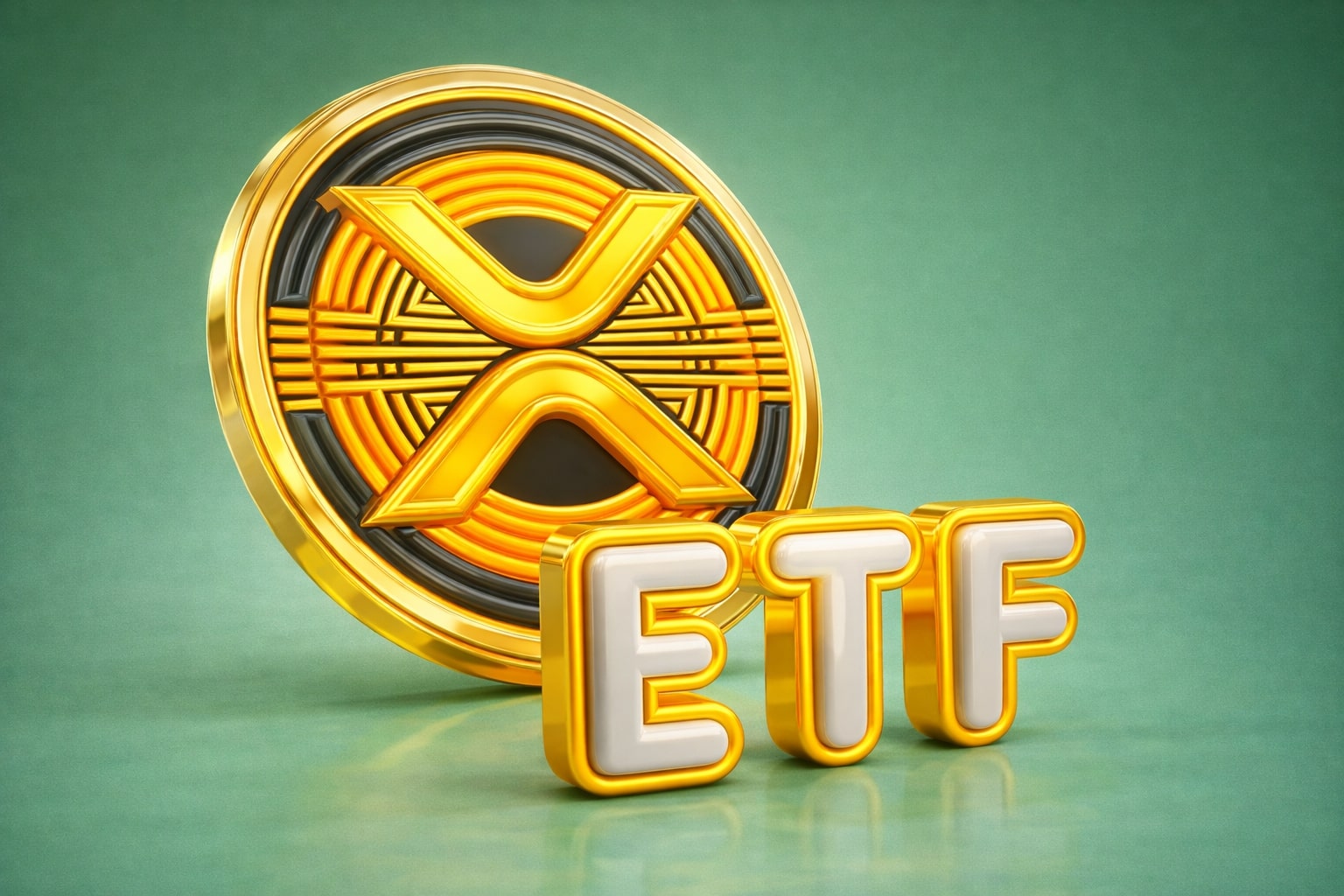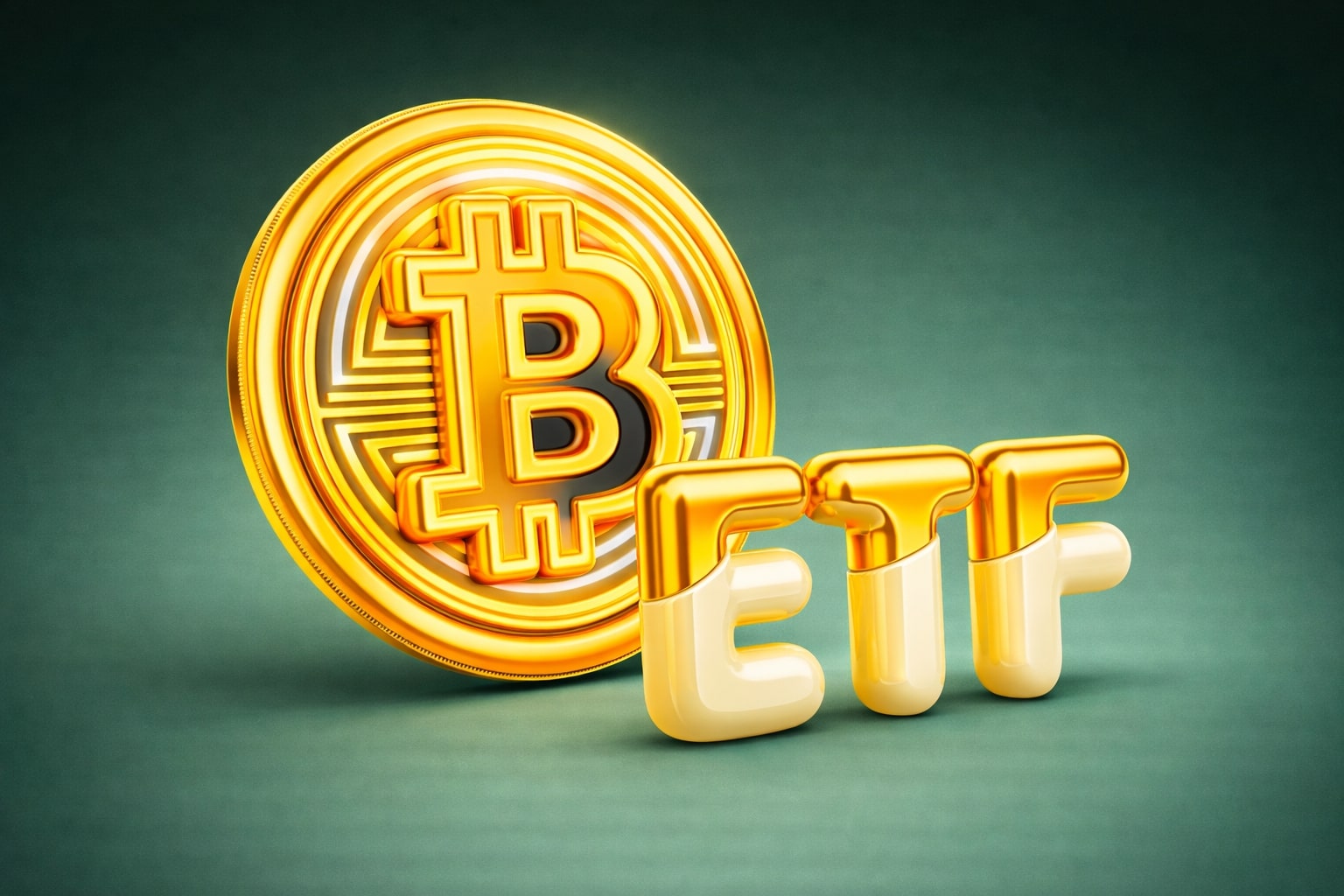
Bitcoin ETF Inflows Surge $140M as BTC-USD Holds $115K and Altcoin ETFs Break Records
Fidelity’s 828 BTC haul drives Bitcoin ETF growth, Grayscale launches Crypto 5 ETF, and XRP/DOGE funds debut with $54M volume — reinforcing ETFs as the dominant force shaping BTC-USD’s 2025 outlook | That's TradingNEWS
Bitcoin ETF Inflows Signal Structural Shift as Institutions Accelerate Allocation
Bitcoin (BTC-USD) trades near $115,435, down about 1.8% on the day, but behind the price action sits a decisive driver: the surge of capital into Bitcoin ETFs. Data from September 19 shows a net inflow of 1,205 BTC, worth approximately $140 million, across the top 10 U.S.-listed Bitcoin ETFs. Fidelity dominated flows with 828 BTC, lifting its holdings to 207,370 BTC valued at $2.4 billion. BlackRock’s IBIT and Grayscale’s GBTC continue to anchor the market, but the competition now spans multi-asset products and even altcoin ETFs, intensifying the race for liquidity.
Grayscale Expands Beyond Bitcoin With “Crypto 5” ETF
Grayscale, already known for converting GBTC and ETHE into spot ETFs, officially launched the Grayscale CoinDesk Crypto 5 ETF (GDLC) on the NYSE. This fund allocates 72.1% to Bitcoin, with the balance split between Ethereum, XRP, Solana, and Cardano, covering more than 90% of crypto’s market cap excluding stablecoins. GDLC offers institutions a basket approach with Bitcoin still dominant, but with room for altcoins to attract fresh flows. Its conversion from a closed-end fund boosts liquidity by allowing daily creations and redemptions, a structural advantage for arbitrage and market stability.
Altcoin ETFs See Breakout Debuts Alongside Bitcoin Flows
The ETF momentum has spilled beyond BTC. The Rex-Osprey XRP ETF (XRPR) recorded $37.7 million in first-day volume, while the Dogecoin ETF (DOJE) traded $17 million, both setting records among 2025 ETF launches. Combined activity of $55 million dwarfs typical crypto ETF debuts and reflects appetite for regulated exposure to high-volatility assets. Though these funds use indirect structures, sourcing exposure via Europe and Canada, investor demand was not deterred. Their approval under the Investment Company Act of 1940 gave them quicker regulatory clearance, broadening the ETF landscape beyond Bitcoin and Ethereum.
European and Emerging Markets Enter the Bitcoin ETF Race
Poland’s Warsaw Stock Exchange introduced its first Bitcoin BETA ETF, tracking CME futures with an FX hedge against U.S. dollar fluctuations. Approved by the Polish Financial Supervision Authority in June 2025, the ETF adds Europe’s emerging markets to the crypto ETF club. With a designated market maker, the product ensures liquidity and strengthens GPW’s position alongside larger global exchanges. The launch expands regulated access to Bitcoin beyond the U.S., reflecting growing cross-border demand for transparent vehicles.
ETF Adoption Driven by Younger Investors
An important demographic shift is amplifying Bitcoin ETF inflows. A Financial Times survey in the U.K. showed 60% of investors aged 18–34 hold ETFs, compared with just 27% of those over 55. Bitcoin ETFs, in particular, resonate with younger investors who value intraday liquidity and cost-efficient exposure, while older investors remain cautious due to limited product knowledge. This generational gap implies that Bitcoin ETF inflows could accelerate further as wealth transfers and portfolio rotations unfold in favor of younger demographics.
Read More
-
SCHG ETF Near $33 High As AI Giants Drive 19% 2025 Rally
01.01.2026 · TradingNEWS ArchiveStocks
-
XRP-USD Stuck At $1.87 As XRPI Near $10.57 And XRPR Around $14.98 Despite $1.16B ETF Wave
01.01.2026 · TradingNEWS ArchiveCrypto
-
Natural Gas Price Forecast - NG=F Slides Toward Key $3.57 Support As Ng=F Extends 33% Drop
01.01.2026 · TradingNEWS ArchiveCommodities
-
USD/JPY Price Forecast - Yen Near 156 As Fed Cuts Meet Boj Hawkish Turn
01.01.2026 · TradingNEWS ArchiveForex
Comparing ETF Flows: Bitcoin vs Ethereum
On the same day Bitcoin ETFs absorbed 1,205 BTC ($140M), Ethereum ETFs reported inflows of 41,150 ETH ($185M), led by BlackRock with 34,688 ETH bringing its total to 817,134 ETH ($368M). While Ethereum captured more dollar inflows in this session, Bitcoin remains the anchor for institutional portfolios. The inflow split highlights that demand is diversifying, with ETH increasingly complementing BTC rather than competing directly. Multi-asset ETFs like GDLC embody this shift by bundling both assets with altcoins.
Market Impact of ETF Inflows on Bitcoin Price Stability
Sustained ETF demand has already reduced tradable Bitcoin supply. Fidelity’s 207,370 BTC and BlackRock’s growing reserves illustrate how ETFs act as long-term vaults, locking coins out of circulation. This mirrors the 2021–2022 impact of corporate treasuries, when firms like MicroStrategy removed supply from the market. With ETFs expanding into new jurisdictions and altcoins, the pressure on Bitcoin’s circulating float intensifies, potentially stabilizing prices above $100,000 and fueling tests of higher ranges if inflows continue at scale.
Verdict on Bitcoin ETFs and BTC-USD Outlook
The surge of inflows across Fidelity, BlackRock, and Grayscale products confirms that Bitcoin ETFs are reshaping market structure. GDLC’s expansion into altcoins, the debut of XRP and Dogecoin ETFs, and Poland’s regulated launch show a global pipeline of products widening access. With $140M daily inflows into BTC ETFs, younger investors driving adoption, and supply tightening, the outlook remains bullish. At $115,435, Bitcoin has room to climb, with ETF flows creating a structural floor. Verdict: BTC-USD is a Buy, anchored by institutional ETF demand and reinforced by global expansion of crypto-linked funds.

















